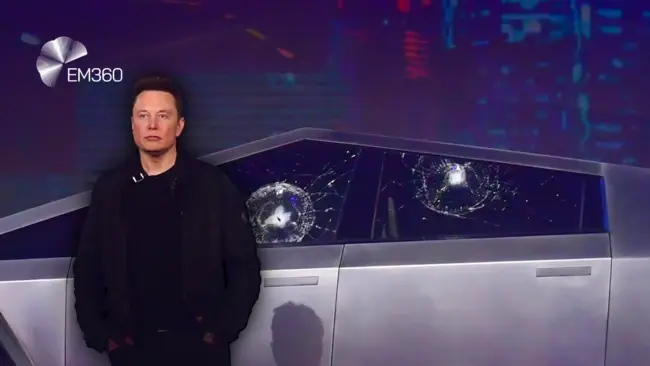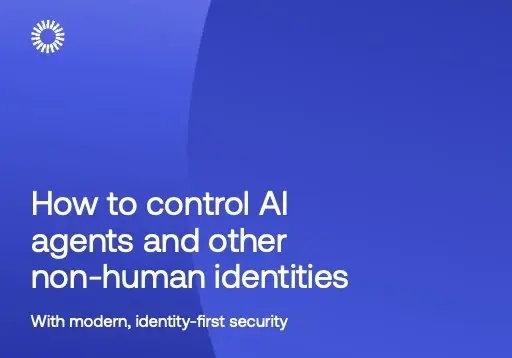The past twenty years have been defined by a boom of technological innovation that has revolutionised the way in which individuals and businesses learn, search and communicate.

From the invention of Smartphones to the introduction of AI systems in business processes, the 21st century has welcomed the most rapid technological advancement in history – and there is no sign of this stopping in the near future.
But for every tech marvel introduced into the lives of billions of people worldwide, hundreds of unsuccessful tech launches failed to meet expectations despite huge funding and extensive advertisement.
As the year comes to a close, it’s high time to reminisce on some of these tech turkeys as we use them as preventive points of reference for the years to come.








Comments ( 1 )
Martin Dean
22/12/2022